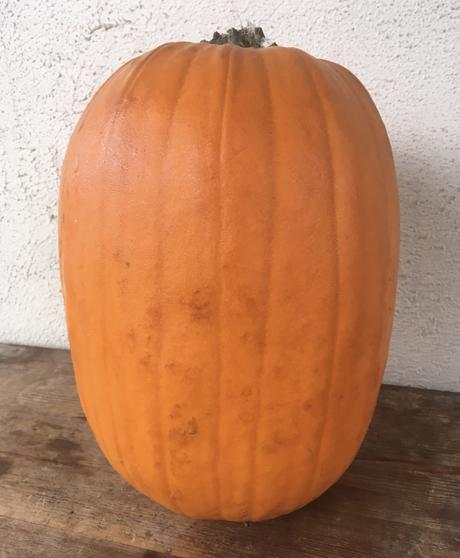
Halloween is the quintessential interfaith holiday, with both pagan and Christian roots, and an enthusiastic following among Jews. When I was growing up, no one questioned that American Jews (or people of any other religion) should celebrate Halloween. But then again, it was an era when many Jews celebrated secular Christmas.
More recently, fear of assimilation and a shift among some progressive Jews to more traditional practice triggered a lively debate on whether or not Jews should celebrate Halloween at all. In my interfaith family, and and in our interfaith families community, our thirst for full educational disclosure drives us to explore the religious origins and meaning of the holiday, rather than staying on the secularized, commercial surface. And thinking about the history of this interfaith holiday, and even developing a specifically Jewish perspective on Halloween, enlivens and enriches the holiday, and imbues it with special resonance for me, as part of an interfaith family.If you're wondering how this works, here is a description of our interfaith family community's celebration back in 2009, the year I created this blog. The Spiritual Leader of the Interfaith Families Project of Greater Washington, Reverend Julia Jarvis, stood in front of the hundreds of members of our community on Sunday morning and explained the pagan origins of Halloween, and how a Roman Pope encouraged the incorporation of this pre-Christian festival into the Catholic calendar, and the distinctions between All Saints and All Souls Days. A Catholic member of our group, married to a Jew, recounted with wise humor how praying to Saint Gerard, patron saint of motherhood, gave her comfort and strength when she was facing infertility.
Next, our Spiritual Advisor, Rabbi Harold White, stepped up to give a Jewish perspective on All Souls and All Saints. He made the distinction between the Christian veneration of dead saints, and the mystical Jewish tradition of the 36 righteous people (Lamed Vav Tzadikim), akin to living Jewish saints, who walk the earth in each era. He also compared the restless souls of Halloween to the of Jewish folklore: I imagine the Christian and Jewish spirits roaming together among the living, neither of them able to settle into their graves.
Then our folk band lead us in singing Mi Sheberach, a prayer of healing, while community members placed rocks into a bowl in remembrance of their personal saints, or loved ones who struggle or are gone from us. This is a ritual our community adapted from Unitarian congregations, but by singing a traditional Hebrew prayer, we both comfort our Jewish members with a familiar song and help to create a connection in our children to Jewish practice.
So what did our interfaith community take away from our All Saints and All Souls gathering? The sizable contingent of adult atheists and secularists in our community enjoyed the cerebral and historical perspective. The practicing Catholics appreciated recognition of the spiritual side of these holidays, so often overshadowed by pumpkins and chocolate. Children heard an affectionate reflection on saints from a Catholic parent. They learned from our rabbi that this is a Christian holiday, but that Jews can have a respectful and appreciative perspective on it. And they learned about the Jewish tradition of the 36 righteous, and about dybbukim.
We mourned and provided comfort to each other as a community. And then, to emphasize the continuity of life even in the face of death, the band struck up a rowdy rendition of "When the Saints Go Marching In." Community members leapt into the aisle and joined hands to dance in a line that wove around the room: it was a joyful interfaith hora, New Orleans style. My 12-year-old son darted from his place in the band and joined the dancers, playing a djembe strapped to his chest. I am betting that he will remember that there is more to Halloween than candy, and that he will feel in his bones that belonging to an interfaith community can be both a cerebral and ecstatic experience.
This essay is adapted from an essay on this blog from November 3, 2009. Susan Katz Miller is an interfaith families speaker, consultant, and coach, and author of Being Both: Embracing Two Religions in One Interfaith Family (2015), and a workbook, The Interfaith Family Journal (2019).
